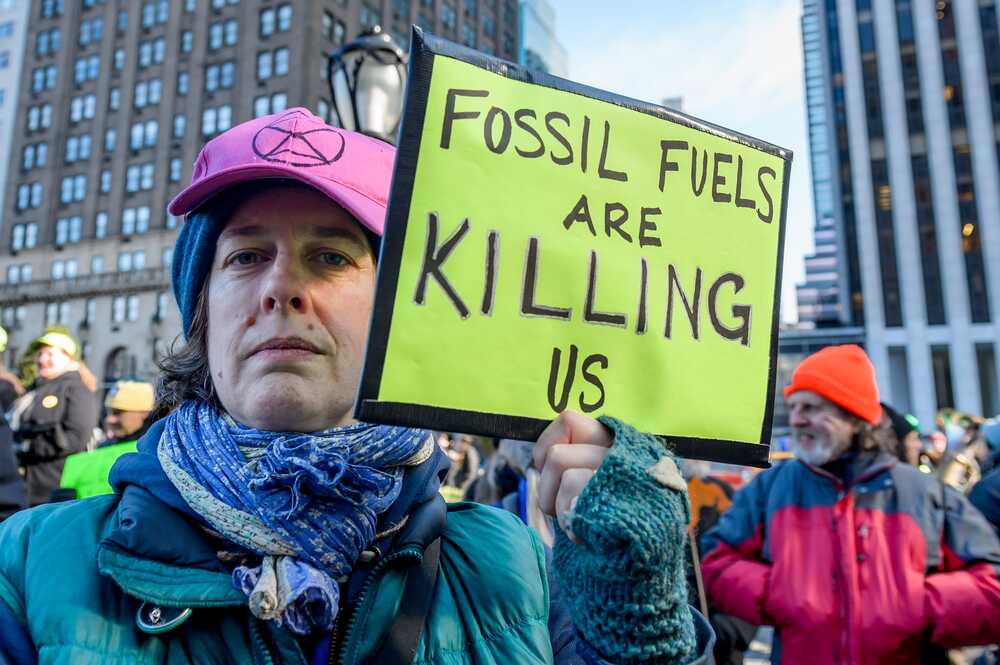“California curtailed between 150,000–300,000 MWh of excess renewable energy per month through the spring of 2020, yet saw its first rolling blackouts in August because the grid was short on energy,” says Paul Browning, CEO of Mitsubishi Power Americas (formerly known as MHPS). “Long-duration energy storage projects like ours that are designed to shift excess energy from periods of oversupply, like California in the spring, to periods of undersupply, like California in late summer, are critical to ensure similar events are avoided as we continue to make significant strides towards deep decarbonization.”
Storing fuel in salt caverns isn’t new, but hydrogen’s growing role in decarbonization has revitalized interest in the concept. The U.S. Strategic Petroleum Reserve has long stored emergency crude oil in underground salt caverns on the Gulf Coast, and notes they cost 10 times less than aboveground tanks and 20 times less than hard rock mines. The Reserve has 60 enormous caverns, typically 200 feet in diameter and 2,500 feet tall, and one “large enough for Chicago’s Willis Tower to fit inside with room to spare.”
Caverns can be created in salt domes by drilling into the salt dome and injecting the rock with water, which dissolves the salt. The resulting brine is extracted, leaving a large cavity. The next step is storing hydrogen in the cavern. Hydrogen electrolyzers can convert water into hydrogen by using renewable energy from solar and other sources. The hydrogen can then be stored, and reconverted to electricity when needed.
